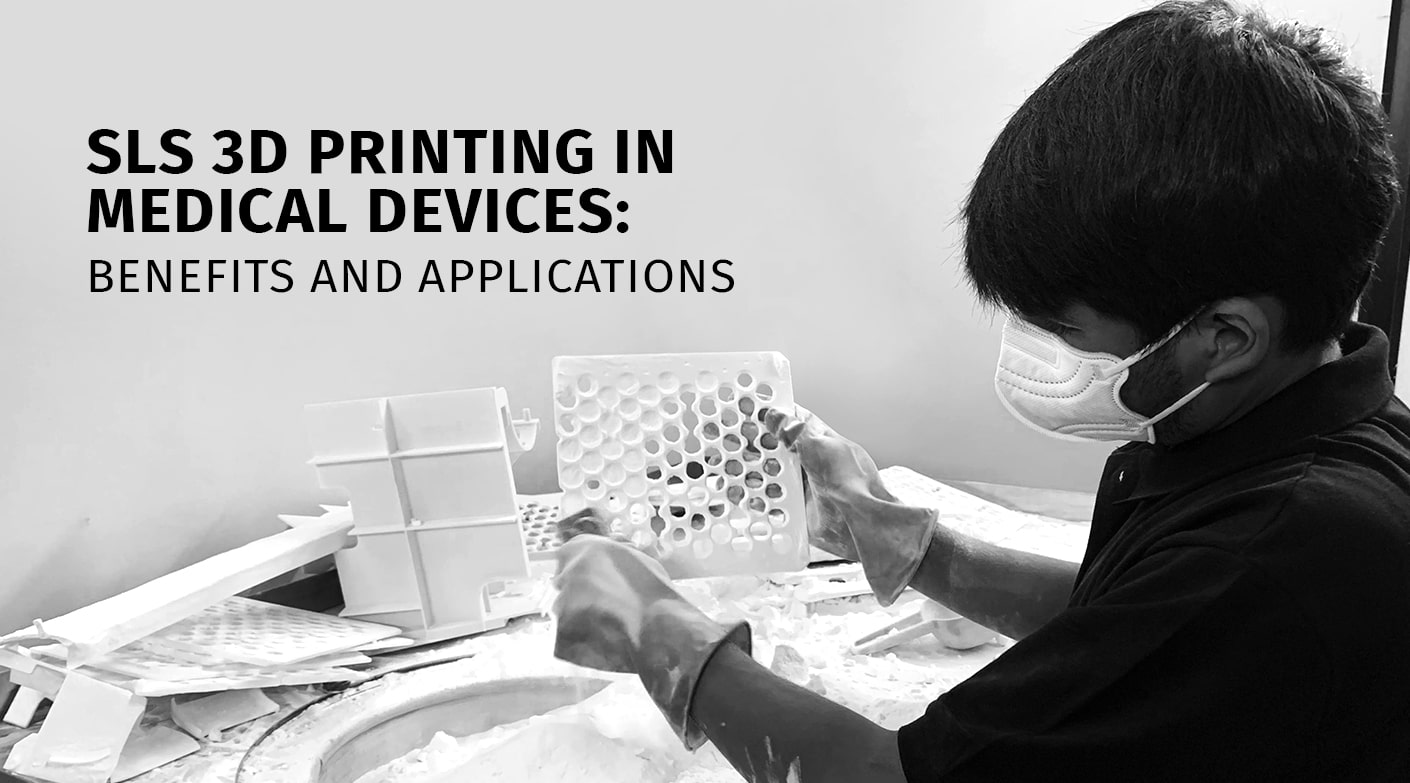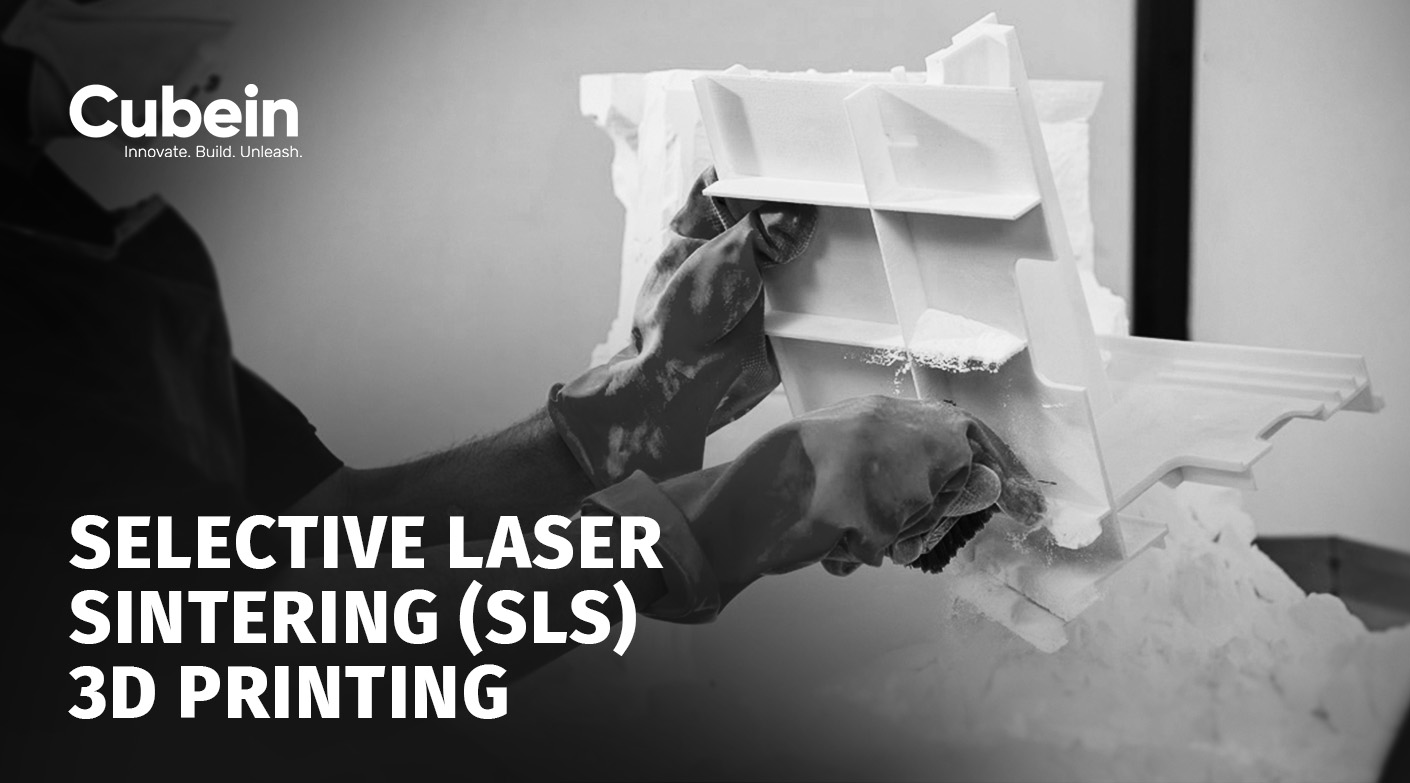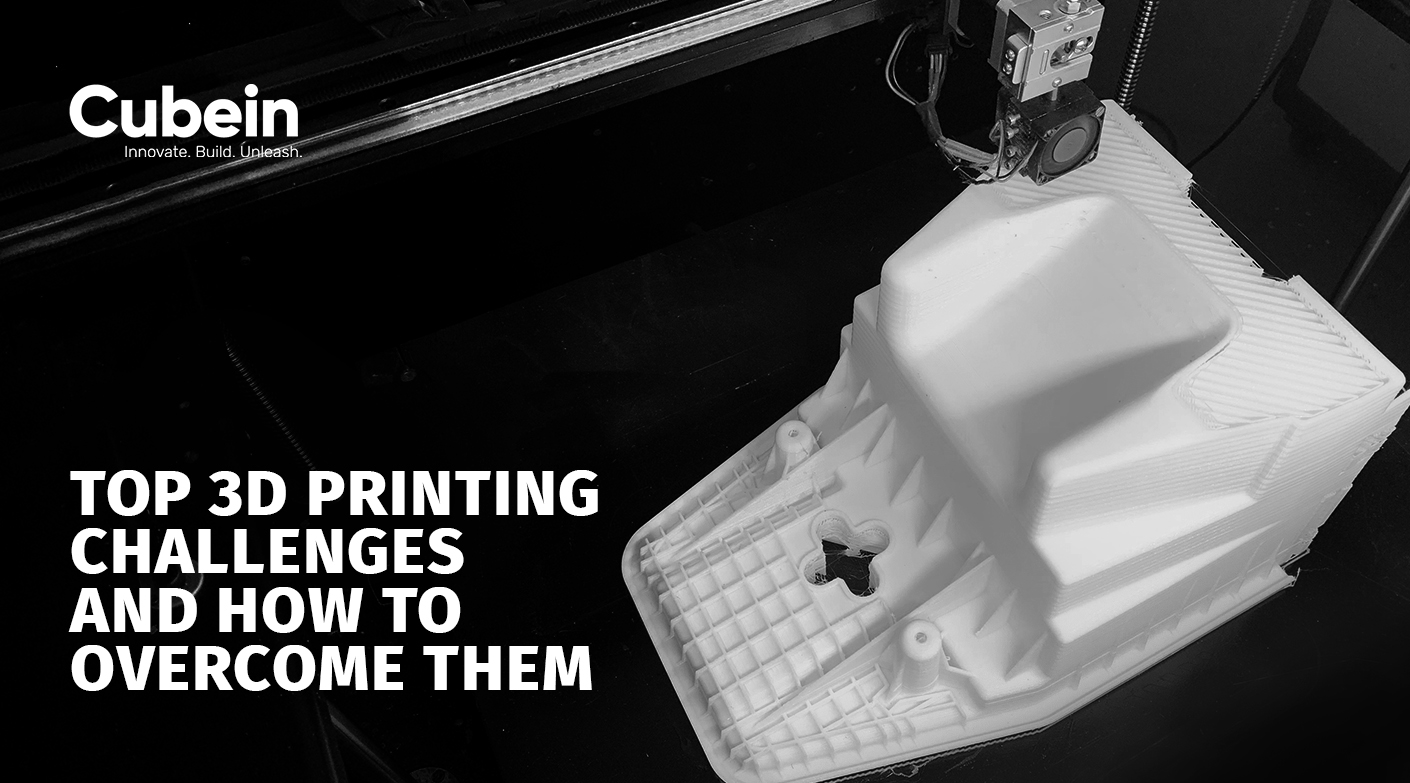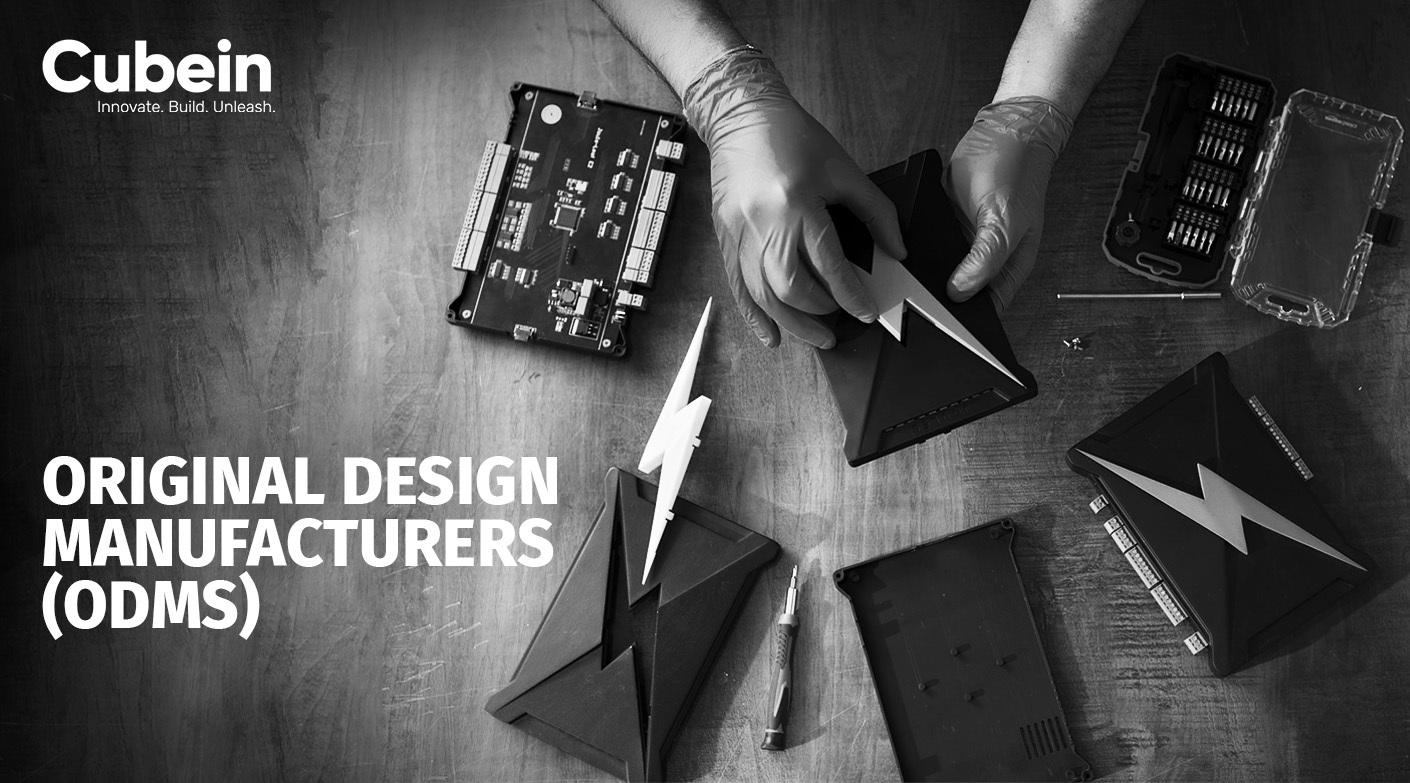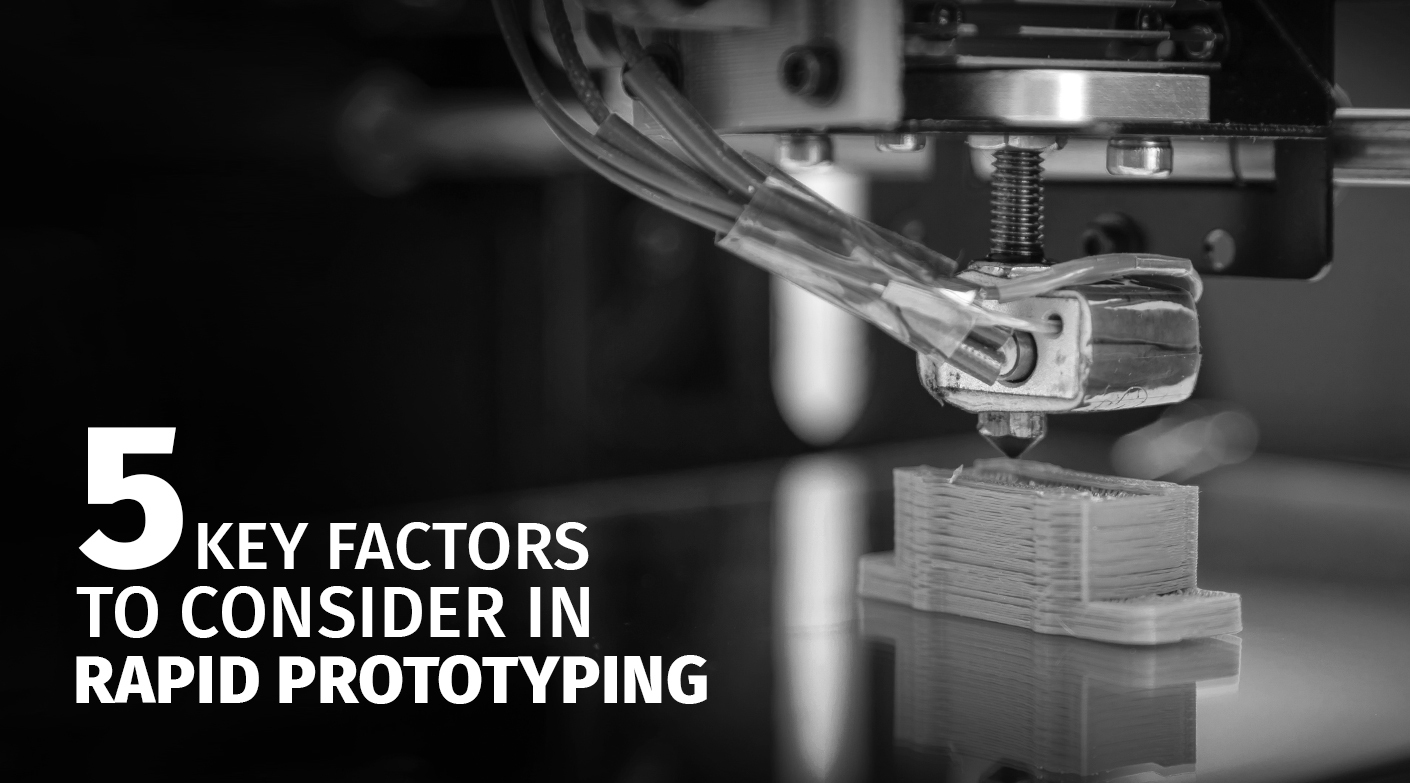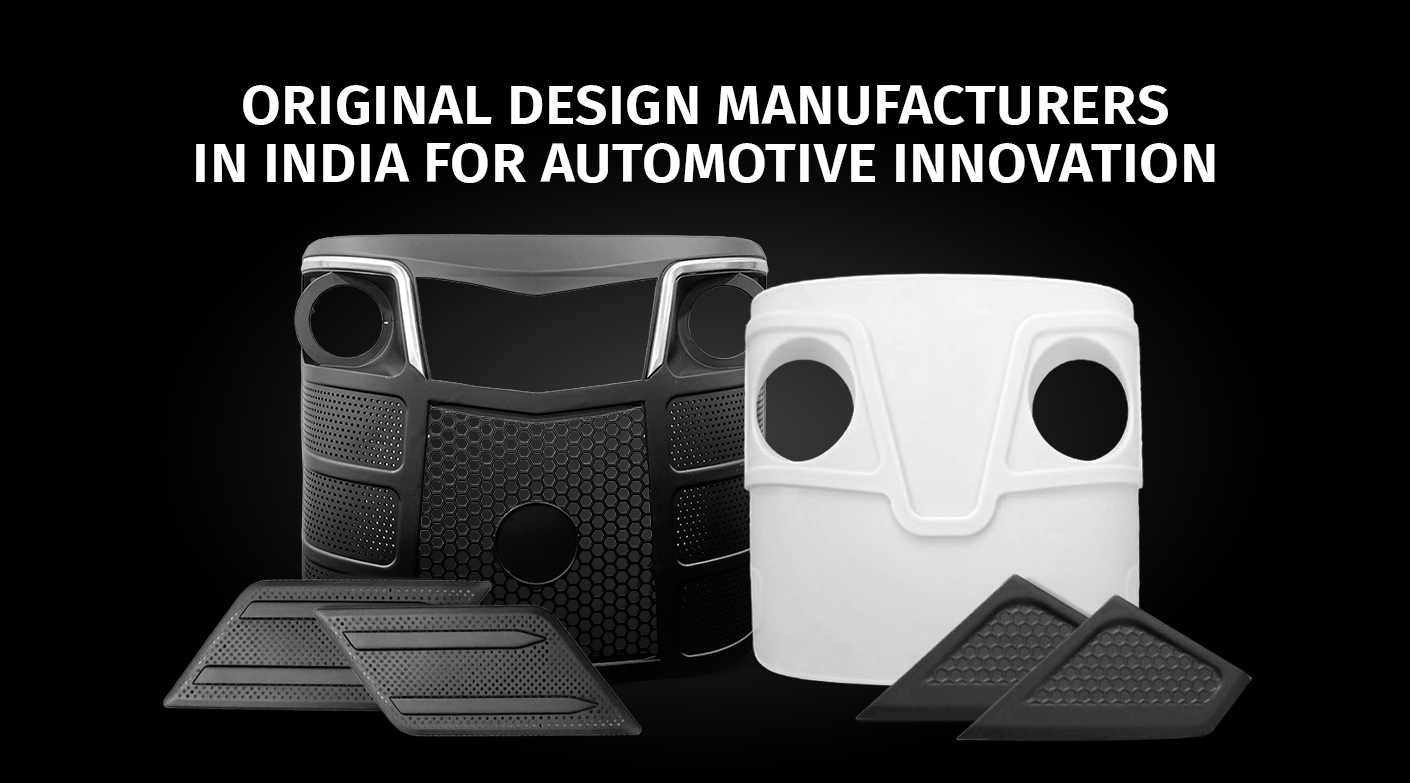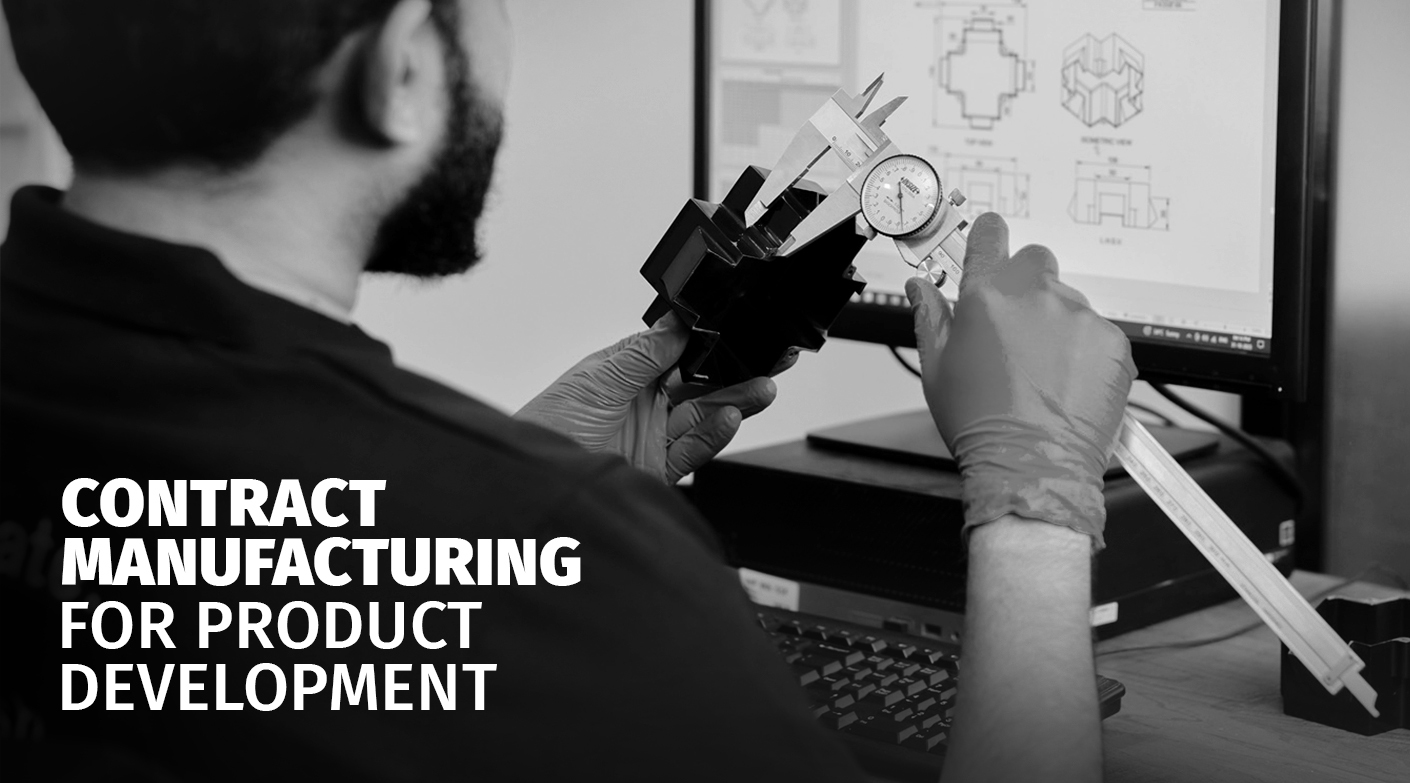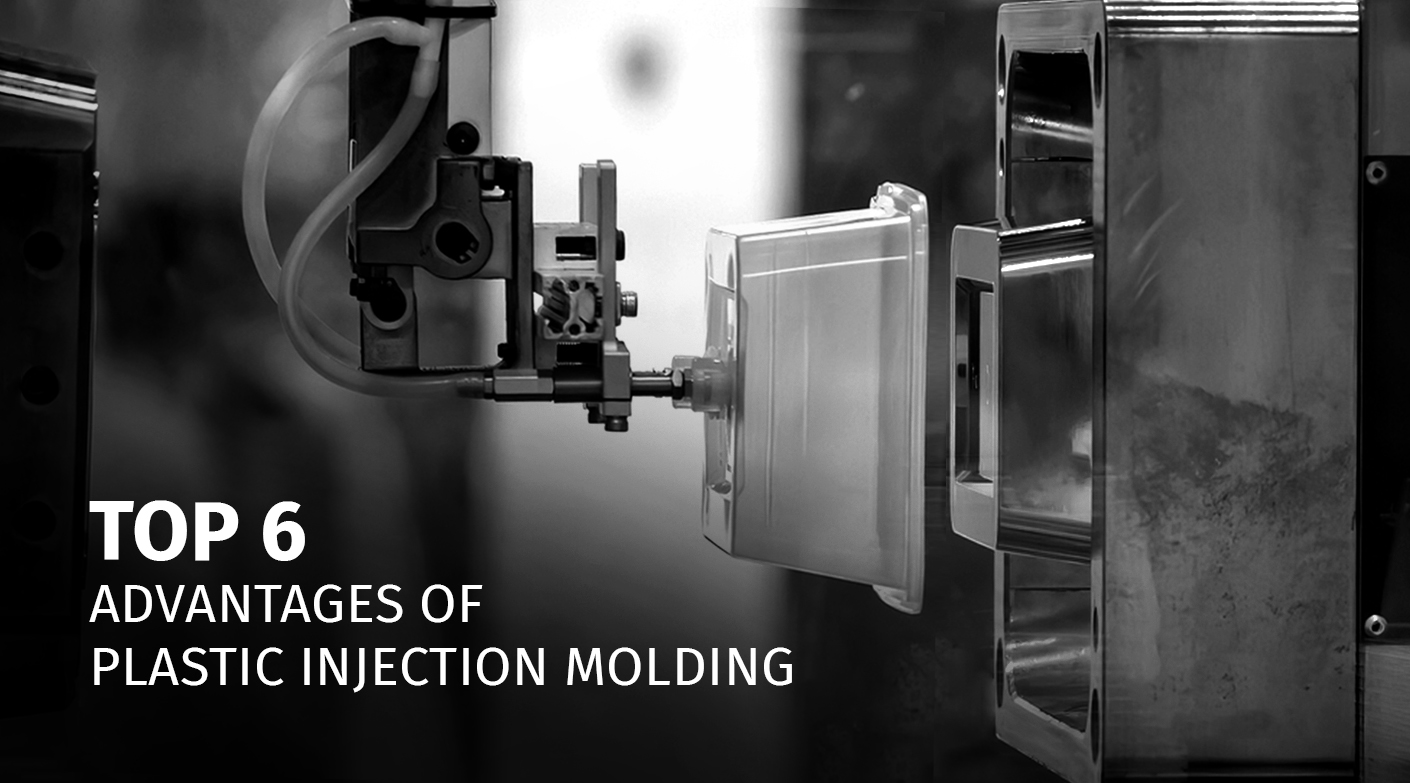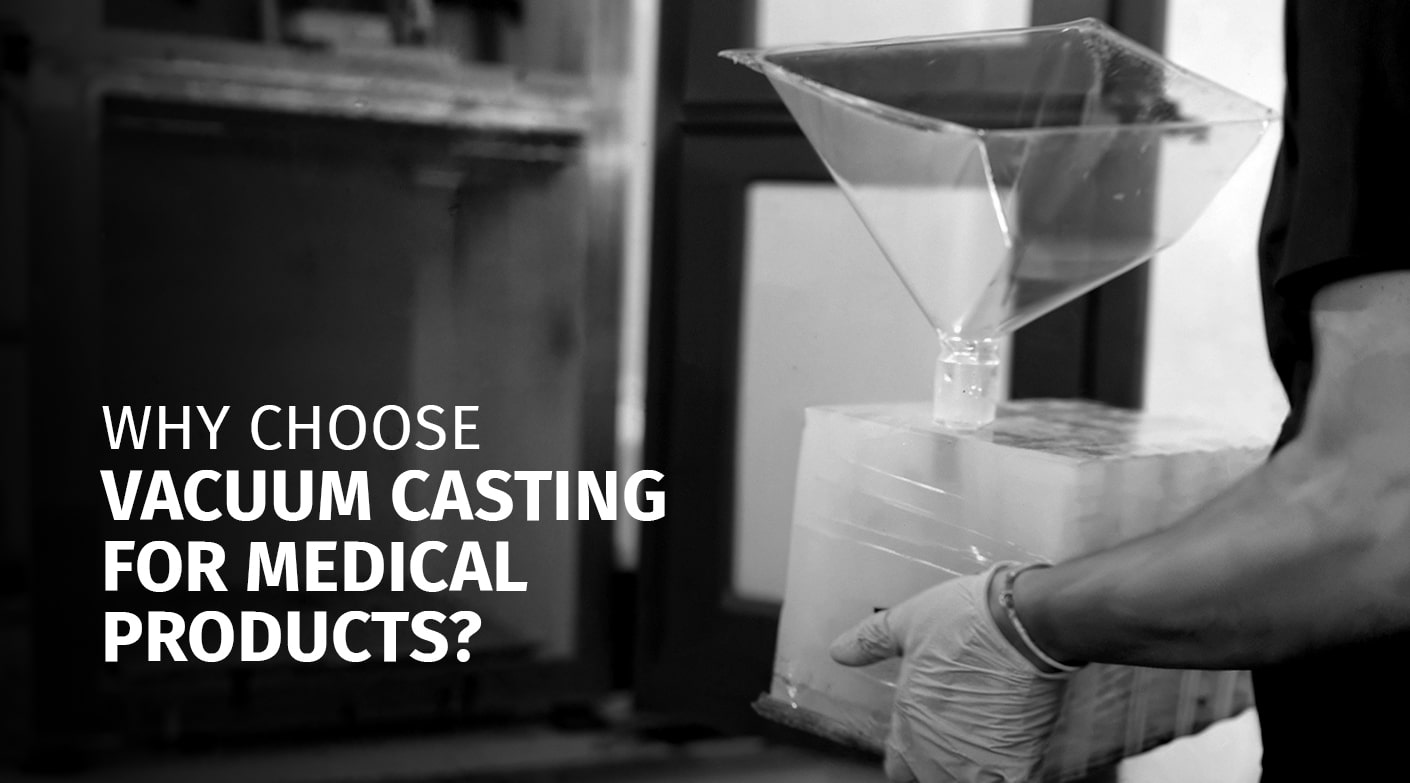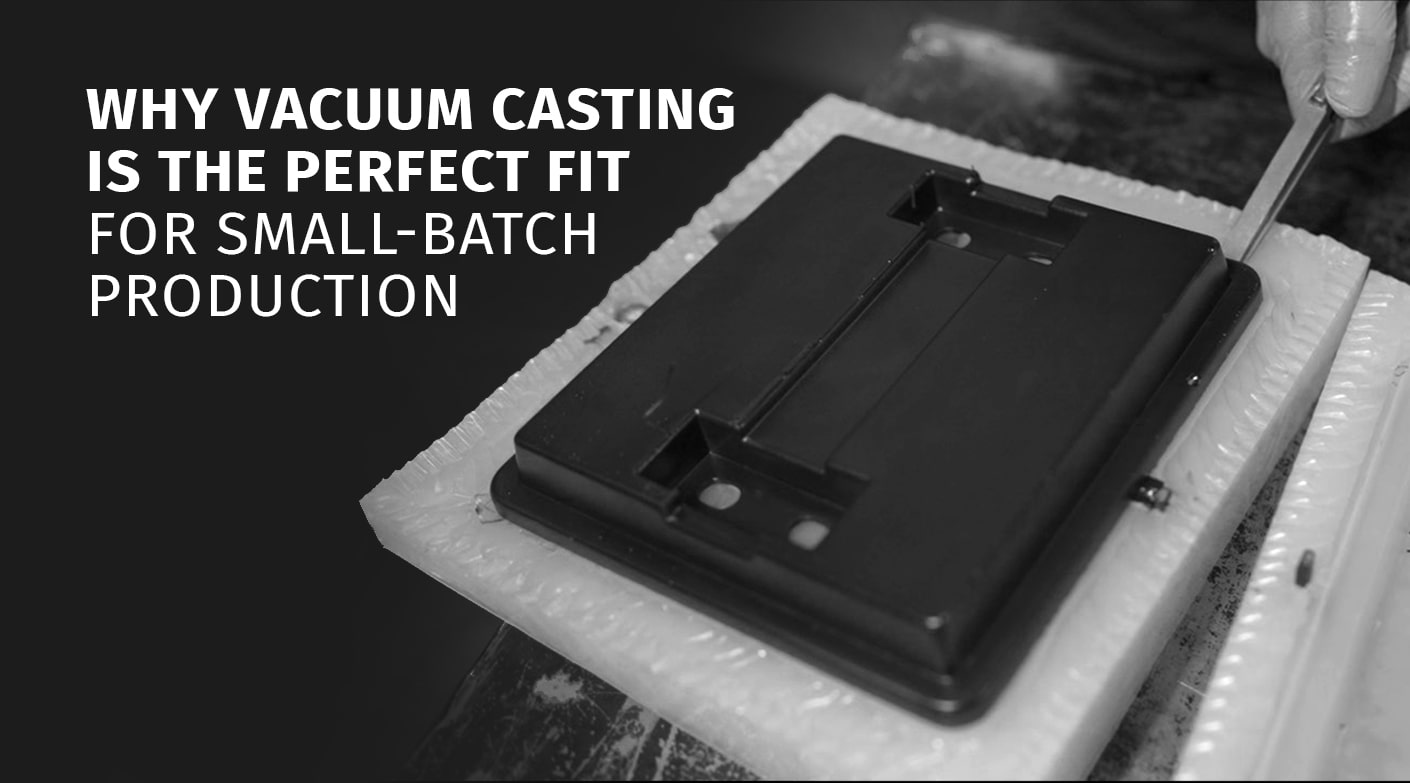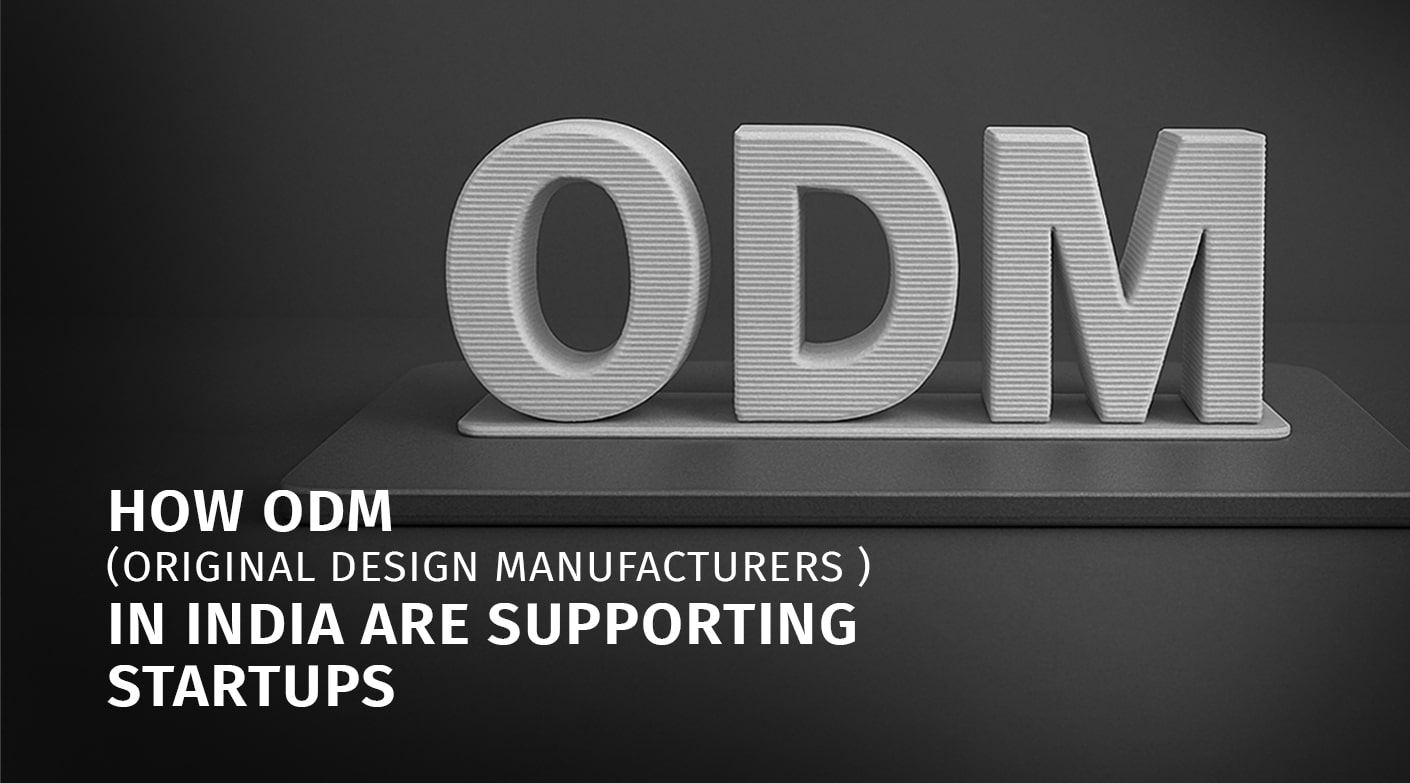The healthcare sector is experiencing a revolution catalyzed by the advancement in technology, and SLS 3D printing is one of the technologies leading this change. Most of the additive manufacturing methods have some shortcomings that make them impractical for the production of patient-specific and complex medical devices.
Selective Laser Sintering (SLS) stands out to provide unrivalled precision and reliability in the production of such devices. The applications of SLS 3D Printing in medical devices extend in range all the way from person-specific orthotics to biocompatible implants, and there is more yet to come.
This blog dwells upon powerful SLS 3D Printing advantages, its specific uses in the healthcare industry, and how it revolutionizes patient care.
What is SLS 3D Printing and Why it Matters?
The Selective Laser Sintering (SLS) manufacturing process is made through the use of a high-power laser that melts the tiny spheres of polymer powder and joins them to three-dimensional solid objects. In contrast to other approaches of 3D printing, SLS has the advantage of not requiring support structures. It also provides greater design freedom and a high degree of detail, strength, and the possibility of producing functional individual parts.
| Why SLS 3D Printing is gaining momentum in healthcare? Primarily, due to the fact that the global market of 3D printing in medical devices will reach USD 6.9 billion by 2028, with the growth rate equaling 17.1 percent annually. Much of this is attributed to the fact that SLS 3D Printing continues to gain popularity and momentum in the adoption of its incomparable advantages in the medical sphere. |
The SLS 3D printing has great potential in the medical sector owing to:
- Unlimited geometric freedom for implants and guides specific to patients.
- Good mechanical strength as well as biocompatibility, needed for surgical tools.
- Limited wastage of materials owing to effective re-utilization of the powder.
- There is no need for support structures, which saves time and cost when post-processing.
SLS 3D Printing Benefits in Healthcare
1. Personalized Medicinal Equipment
Using SLS 3D Printing in medical devices, it is possible to manufacture patient-specific devices based on 3Donthe SLS 3D Printing in medical devices, manufacturing patient-specific devices is possible to be done on the basis of 3D scans or MRI information. Whether it’s a prosthetic limb or any dental implant, SLS technology provides a tailored fit, which is a perfect design that helps improve the comfort and ease of use for patients.
2. No Need for Support Structures
SLS does not require support structures to be printed, which provides a greater scope for more organic and complex designs. This is essential in surgical guides and anatomical models where high accuracy is required.
3. Unmatched Material Strength
The SLS 3D Printing materials, such as nylon, PA 12, and glass-filled polymers, are of high tensile strength and strength, chemical resistance, as well as biocompatible. These properties make SLS a suitable technique in terms of load-bearing structures such as bone scaffolds and surgery equipment.
4. High Throughput and Batch Production
Compared to SLA or, especially, FDM, SLS can be used to print multiple parts in a single build, considerably cutting production time and the cost of a medical-grade part.
5. Sterilizable and Biocompatible
Medical equipment made with SLS printing is resistant to autoclaving and other types of sterilization processes, and that makes it safe to use in the surgery room and clinical facilities.
Key Applications of SLS 3D Printing in Medical Devices
ToIn order to explore the SLS 3D Printing applications in the field of revolutionizing healthcare manufacturing manufacturing, in different sectors, let’s take a closer look at how SLS 3D Printing has transformed healthcare manufacturing:
- Medical Instruments and Equipment
Medical equipment manufacturers and hospitals are implementing SLS so as to print surgical equipment that is specific in predesignedpre-design procedures. This equipment is compact, sterilizable, and can be made quickly on an emergency basis.
- Orthopedic Products
SLS is used to print bone-like structures for load-bearing implants, spinal cages, and orthopedic supports. With customized porosity, these implants promote osseointegration and healing.
- Dental Devices
In visible aligners and retainers, surgical guides and models of dental implants, professionals in the dental sector have witnessed the advantages of 3D Printing with SLS and are providing quicker, more accurate, and patient-specific solutions.
- Prosthetics and Orthotics
By being able to adjust shapes and materials according to the needs of each user, SLS has assisted in making ergonomic prosthetics, which are both lightweight and robust, furthering the mobility of the patients and their quality of life.
- Pre-Surgical Planning using Anatomical Models
SLS can be used to make precise anatomical models of the patient in order to perform surgery or for training. The view of surgery gives surgeons the ability to see patient-specific anatomy, thus making the operation shorter with fewer complications.
- Devices of Solvent Delivery
Using SLS, one can design custom drug delivery systems like micro-implants or a controlled release device, which could then be made in line with patient requirements, exact dosage, and location.
Real-World Case Study: How SLS is Revolutionizing ProstheticsProsthetics?
The SLS 3D Printing is used by Unlimited Tomorrow, an American manufacturer of prosthetics that produces lightweight and affordable prosthetics in the form of bionic arms to children and adults. They created a new prosthetic, TrueLimb, through 3D printing, which is the exact appearance of your opposite limb, including fingertips, in hundreds of skin tone shades, and metallic silver, or jet black, with an ultralightweight of 1.5 pounds. The customization and comfort on this scale have never been seen in any prosthetic arm before. At a fraction of the expenses of the conventional transradial prosthesis.
Conclusion
The integration between 3D printing and healthcare is opening up new possibilities, and SLS 3D Printing appears to be a key technology in that process. Whether it be life-saving implants, ready-available prosthetics, and even intelligent surgical planning, the SLS 3D Printing uses are as versatile as they are effective.
At Cubein, we see the potential in additive manufacturing in medicine. With the innovators extending the limits of the possible, the SLS 3D Printing in medical devices is creating a future in which healthcare becomes extremely personalized, more efficient, and more accessible.
| Ready to revolutionize your medical devices with SLS 3D Printing?
Contact us now! |
FAQs
- Which materials are typical of SLS 3D Printing in medical devices?
Polyamide PA12, Glass-filled nylon, and Biocompatible resins will be common because of their strength, flexibility, and sterilization aspects.
- Are surgical tools safe when using SLS 3D Printing?
Yes, SLS-produced tools can be sterilized and safely used in surgical operations when the right medical-grade materials are applied.
- How does SLS compare to SLA or FDM in medical applications?
The SLS has stronger parts, has good surface detail, and is more functional since there is no added support structure; hence, it is more adaptive to functional medical pieces.
- Is the SLS applicable to internal implants?
While some external supports and bone scaffolds are made using SLS, internal implants require strict biocompatibility and regulatory approvals.




